Shaanxi History Museum
Shaanxi History Museum
Shaanxi History Museum, China's first large-scale modern national museum, the first batch of China's "AAAA" class tourist attractions, known as the "ancient capital pearl, treasure house of China". Located at No. 91 Xiaozhai East Road, Yanta District, Xi'an City, Shaanxi Province, northwest side of Dayan Pagoda. Among the 17171795,000 cultural relics (groups) , there are 762 first-class cultural relics (groups) and 18 national treasure-level cultural relics (groups), of which 2 are among the first batches of cultural relics prohibited from going abroad for exhibition, ranking in the forefront of the Chinese Museum.
The appearance of Shaanxi History Museum highlights the style of the flourishing Tang Dynasty. Since the ancient imperial capital of Chang'an, thirteen feudal dynasties, including Zhou, Qin, Han, Sui and Tang dynasties, have built the capital here. They have abundant cultural relics on the ground and underground, forming the unique historical and cultural features of Shaanxi.
Shaanxi History Museum, formerly known as Shaanxi History Museum founded in June, 1944, was renamed Northwest History Exhibition Museum in 1950, Northwest History Museum in 1952 and Shaanxi Museum in June 1955. In 1983, according to Premier Zhou Enlai's instructions before his death, he began to prepare for the construction of a new pavilion at the site. In the summer of 1986, construction began. On June 20, 1991, it was officially opened and named as . In 2016, Shaanxi Museum of History was selected as "China's 20th Century Architectural Heritage" by the Chinese Society of Cultural Relics and the Chinese Society of Architecture. In December 2017, it was selected as the first batch of national practical education bases for primary and secondary school students by the Ministry of Education.
In 2008, Shaanxi Museum of History was awarded the first-class national museum, and in 2009 it was designated as the national key Museum jointly built by the central and local governments. The library area covers 65,000 square meters. The building area is 556,000 square meters, the cultural relics reservoir area is 8,000 square meters, and the exhibition hall area is 11,000 square meters. The collection of cultural relics began with simple stone tools used in the initial stage of ancient human beings and lasted for more than one million years until 1840. Cultural relics are not only of great quantity and variety, but also of high quality and wide value.
History of Development
The predecessor of Shaanxi History Museum is Shaanxi History Museum.
In June 1944, the Shaanxi Provincial Government established the Shaanxi Provincial History Museum by utilizing the historical relics collected by Xi'an Stele Forest and Xijing Library, the craft exhibits of Xi'an Folk Religion Museum and various cultural relics collected by the former archaeological association.
On May 20, 1949, Xi'an was liberated. The Shaanxi History Museum was accepted by the Shaanxi-Gansu-Ningxia Border Region Government.
In May 1950, it belonged to the management of Northwest China and was renamed the Northwest Historical Relics Exhibition Hall.
In January 1952, it was renamed the Northwest History Museum.
In March 1953, the Northwest History Museum demolished the partition between the stele forest and the Confucius Temple, formally expanding the Confucius Temple into the museum area.
In June 1955, due to the revocation of Northwest China, the Northwest History Museum was under the management of the Shaanxi Provincial Government, and its name was changed to Shaanxi Provincial Museum.
In 1963, the newly built Xi'an Stone Carving Art Room of Shaanxi Museum was officially opened to the outside world. Since then, historical exhibition, sculpture art and stele forest have become the three permanent exhibitions of Shaanxi Museum. With the development of Shaanxi cultural relics and archaeology, by the 1970s, the collection of cultural relics in Shaanxi Museum had reached hundreds of thousands.
When Premier Zhou Enlai visited Shaanxi in 1973, he was impressed by the rich cultural resources in Shaanxi and the small and crude condition of the existing museums. He proposed that a new museum should be built in Shaanxi.
In 1983, the Shaanxi History Museum was built, which is a key construction project of the National Seventh Five-Year Plan. In view of Shaanxi's position in Chinese history, the state and Shaanxi provincial government jointly invested 144 million yuan to build Shaanxi History Museum. The design of Shaanxi History Museum is performed by Ms. Zhang Jinqiu, academician of Chinese Academy of Engineering and famous architect.
On the morning of June 20, 1991, the opening ceremony of Shaanxi History Museum was solemnly held in the front courtyard of the exhibition hall. Shaanxi History Museum, the first national-level large-scale modern museum in China, was officially completed and opened. Its completion marks a new development milestone for the cause of Chinese museums . Basic Exhibition of Shaanxi Local History, Exhibition of Tang Tomb Frescoes and Exhibition of Zhaoling Cultural Relics are also on display.
architectural composition
The appearance of Shaanxi History Museum highlights the style of prosperous Tang Dynasty. The building is composed of a group of buildings with imitative Tang style, such as stele pool, main hall, reservoir area, southeast corner building, southwest corner building, temporary exhibition hall, administrative room and business room.
Shaanxi History Museum is located at Cuihua intersection of Xiaozhai East Road in Xi'an City. Its advantage is that it is neat in place, surrounded by roads, located at the intersection of urban trunk road, close to the city center and convenient in transportation. At the same time, it is only about 1 kilometer away from Qujiang Scenic Spot of Dayan Pagoda. It has a good line of sight with Daxiao Yan Pagoda on urban tourism routes, especially because there is no relocation on this land. Business, nearby main roads have urban pipeline network facilities, easy to start the project. But its disadvantage is that the land is a little limited and there is little room for development. As a large public building, it lacks public square or public green space. According to the above site conditions and the functional requirements of modern museums, the buildings of Shanxi Libo have adopted a relatively centralized and compact layout.
Museum architecture as a whole fully embodies the design idea of Zhang Jinqiu, a master of design, "to reach the international level in technology, and to become a symbol of a long history and splendid culture in architectural art", which intentionally highlights the style of the flourishing Tang Dynasty and reflects the style of the magnificent Tang Dynasty. The layout design draws lessons from the characteristics of Chinese palace buildings such as axis pairing, master-slave orderly, central palace and four corners of lofty buildings. The whole building has distinct primary and secondary features, scattered and gathered, highlighting the simple and dignified style, creating an atmosphere of combining ancient imperial palaces with traditional gardens, reproducing the style of integrating traditional culture with modern science and technology, showing the spatial composition characteristics of traditional Chinese palace buildings such as "Taiji Center, all directions" and "beyond the image" which has been hidden in Chinese space consciousness for thousands of years. From the Oriental Universe Philosophy of "Atlas".
In 2016, Shaanxi Museum of History was selected as "China's 20th Century Architectural Heritage" by the Chinese Society of Cultural Relics and the Chinese Society of Architecture.
Honors
In the "Hong Bo Award 2014 Chinese Museum Literary Creation Product Selection Activity" sponsored by the Chinese Museum Association and sponsored by the Chinese Museum Association's Professional Committee of Literary Creation Products, Shaanxi Museum of History selected the work "Tang Baitao Horse Dance U Disk" and won the "Hong Bo Award 2014 Top 10 Literary Creation Products Award of the Chinese Museum", "Yangshao (Banpo) Cultural Derivation-Fashion Series" and garment jewelry Group. "National Museum Cultural Products Creative Design Promotion Activity" Gold Award, "Tangniu Series Cultural Products" won the bronze award of household appliances group.
In November 2017, Shaanxi History Museum won the honorary title of the fifth National Civilization Unit.
In December 2017, it was selected as the first batch of practical education bases and camps for primary and secondary school students in China by the Ministry of Education.
Cultural Activity
On June 23, 2015, Shaanxi Libo held the education activity of "Duanqing Dragon Boat Festival with realgar and incense sachet hanging on the wrist"
On June 15, 2015, Shaanxi Libo Mobile Museum entered Hanzhong
On March 24, 2015, the Museum held a large-scale sacrificial ceremony for the Spring Equinox Asahi.
On March 4, 2015, the Museum held the educational activity of "Shangyuan Lantern Control Flower Lantern"
On November 9, 2015, the Museum held an educational activity called "Happy Chinese Characters"
June 16, 2014, Cultural Heritage Daily Shanxi Calendar Expo held "Cultural Relics on the tip of the tongue" educational experience activities
On June 13, 2014, "Shaanxi-Bo Mobile Museum" entered Xumiao Junior Middle School in Lantian County
On March 31, 2014, Shaanbo held a successful movable-type printing event entitled "Ancient Inventions Hidden in Museums"
On May 18, 2017, the first national exhibition of movable cultural relics census achievements in Shaanxi Province was officially launched in Shaanxi History Museum. More than 200 exquisite cultural relics from one demonstration area in 10 cities and 66 state-owned collecting units of Shaanxi Province appeared collectively. This is also a collective review of the results of the first national survey of movable cultural relics in Shaanxi Province, which lasted five years. Shaanxi Province has registered a total of 300,9495 sets of 774,870 movable cultural relics, ranking second in the country in total.
Visiting information
Geographical location:
Shaanxi History Museum is located at 91 Xiaozhai East Road, Yanta District, Xi'an City, Shaanxi Province (northwest side of Dayan Pagoda)
Opening Hours:
Open all day from Tuesday to Sunday and close all day on Monday (except national holidays)
Winter: November 15-March 15 9:00-17:30 (16:00 stop invoice)
Summer: March 16-November 14, 8:30-18:00 (16:30 stop invoice)
Admission ticket:
Free ticket exchange with ID card
Traffic:
Take bus No. 5, 19, 24, 26, 27, 30, 34, 401, 521, 527, 610, 701, 710, You6 and You8 to get off at Cuihua Road (Shaanxi Museum of History).
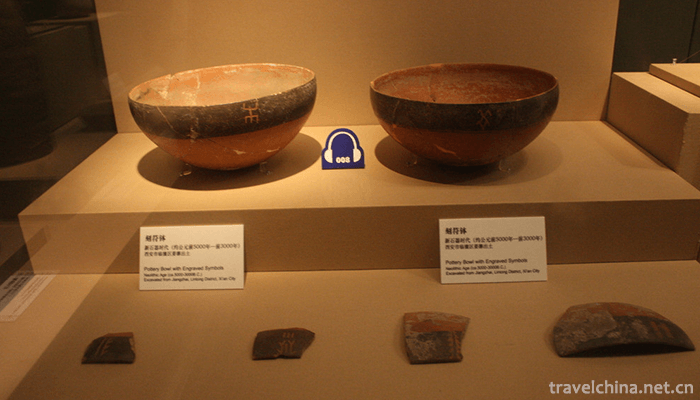
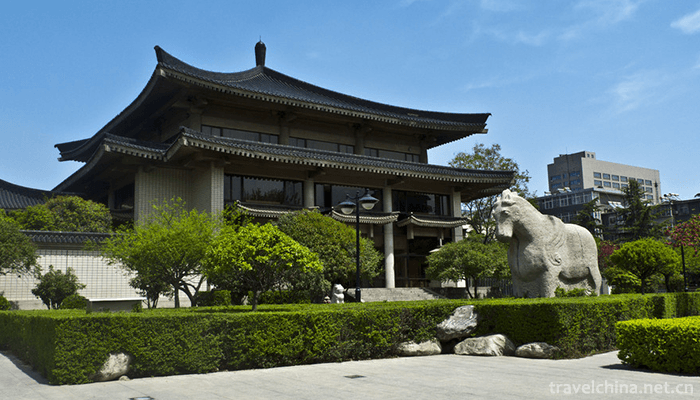
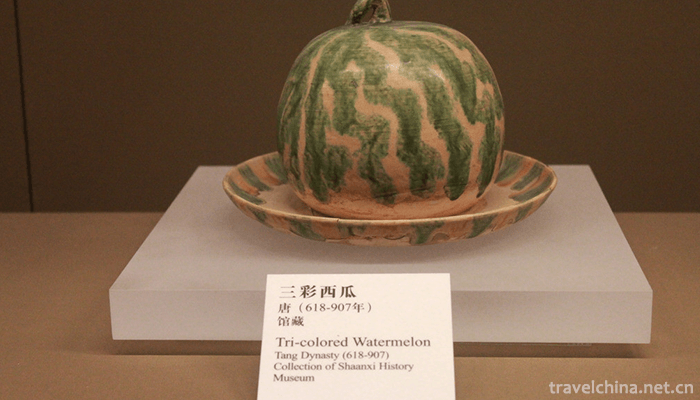
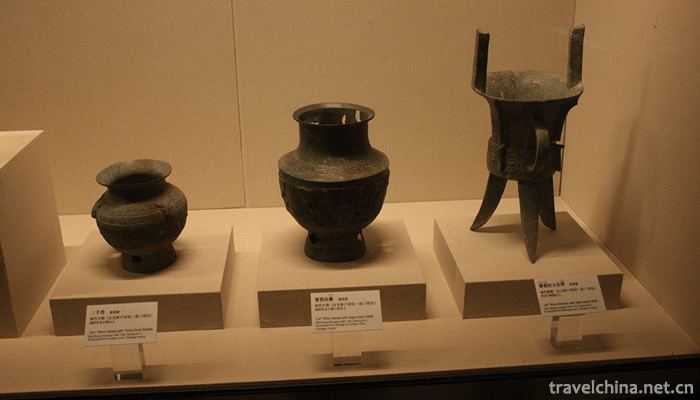
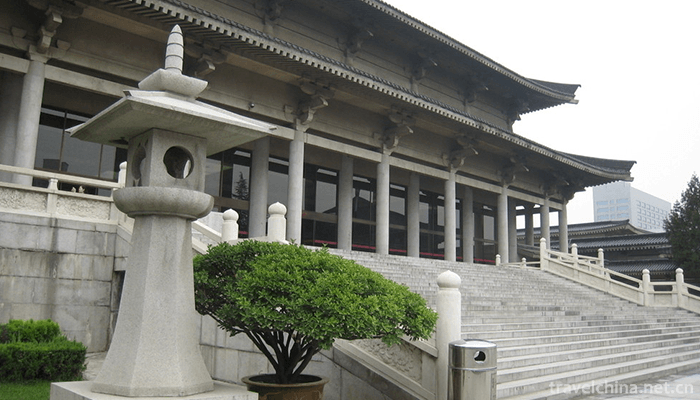
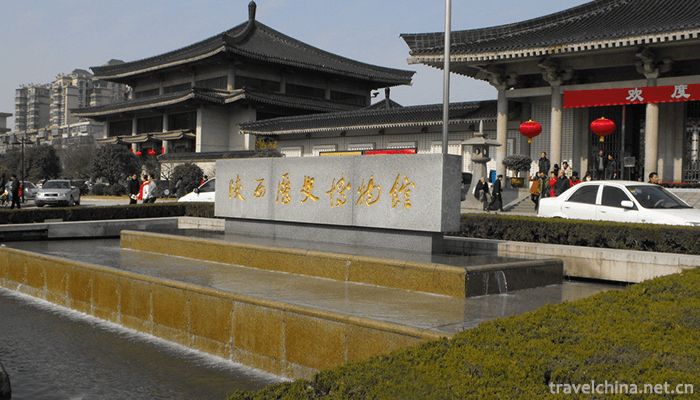

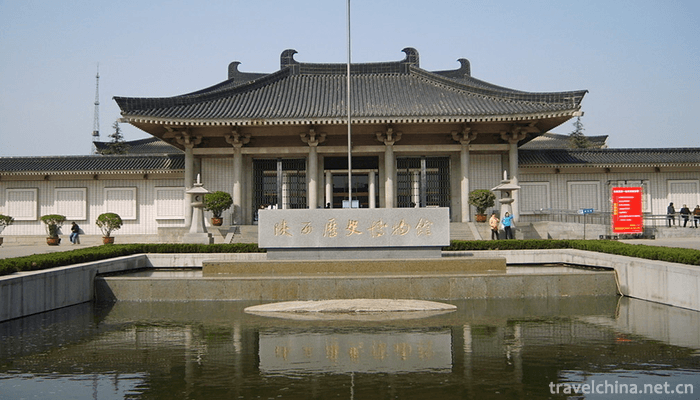
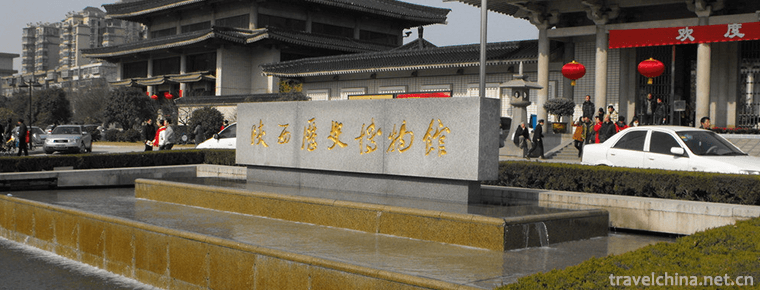
-
1.Yulong Snow Mountain
Yulong Snow Mountain is a snowy mountain group in Lijiang City, Yunnan Province
Time 2018-10-17 -
2.Zhongshan Park
Zhongshan Park is located in the south of the Forbidden City (Palace Museum) in the center of Beijing, west of Tian'anmen, and separated from the Palace Museum.
Time 2018-12-22 -
3.Guangxi Medicinal Herb Garden
Guangxi Medicinal Botanical Garden is located in Xiangzhu Avenue, Nanning City, Guangxi Zhuang Autonomous Region. It was founded in 1959 and covers an area of 202 hectares
Time 2019-01-13 -
4.Hengdian Film and Television City Scenic Area
Hengdian Film and Television City is a large-scale comprehensive tourist area which integrates film and television, tourism, vacation, leisure and sightseeing. It has been rated as the national AAAAA-
Time 2019-01-13 -
5.Libo Karst
Maolan National Karst Forest Nature Reserve, located in the southern suburb of Libo County, is a well-preserved natural forest vegetation in the karst landform of the central
Time 2019-01-29 -
6.Jiashan Tian Ge
Jiashan Tiange is a local folk song in Zhejiang Province. It belongs to a variety of Wuge songs. It is a unique form of ballad in Zhejiang Province. It is a song that workers sought comfort and expres
Time 2019-05-05 -
7.Miao Dragon Boat Festival
Every year from May 25 to May 27 of the lunar calendar, the Miao people living in Shibing and Taijiang counties of Guizhou Province along the Qingshui River hold this grand gathering. The Dragon Boat
Time 2019-06-05 -
8.Legend of King Qian
The legend of King Qian is a local folklore derived from the life stories of King Qian Si of Wuyue. Linan is the hometown of King Qian. After his death, his legends have been widely circulated in Lina
Time 2019-06-10 -
9.Hainan opera Qiongju Opera
In June 2008, Qiongju Opera declared by Hainan Qiongju Theatre and Haikou City was listed in the second batch of national intangible cultural heritage list with the approval of the State Council.
Time 2019-06-11 -
10.Tongcheng Song
Tongcheng Song is a kind of local folk song originating from Tongcheng, Anhui Province. It is a kind of local folk literature in the form of rhyme created by the local working people collectively. At
Time 2019-06-21 -
11.Bamboo Paper Making Skills
Bamboo paper production maintains a complete traditional process. It is manually made by dipping paper. There are 15 links and 72 processes from material selection to paper making. The production proc
Time 2019-08-10 -
12.Ding Zhen from the plateau Village
The 20-year-old Tibetan boy is from a small mountain village in Litang County, Ganzi Tibetan Autonomous Prefecture, Sichuan Province. More than 20 days ago, a photographer released a short video on the short video platform, which made Ding Zhen
Time 2020-12-07